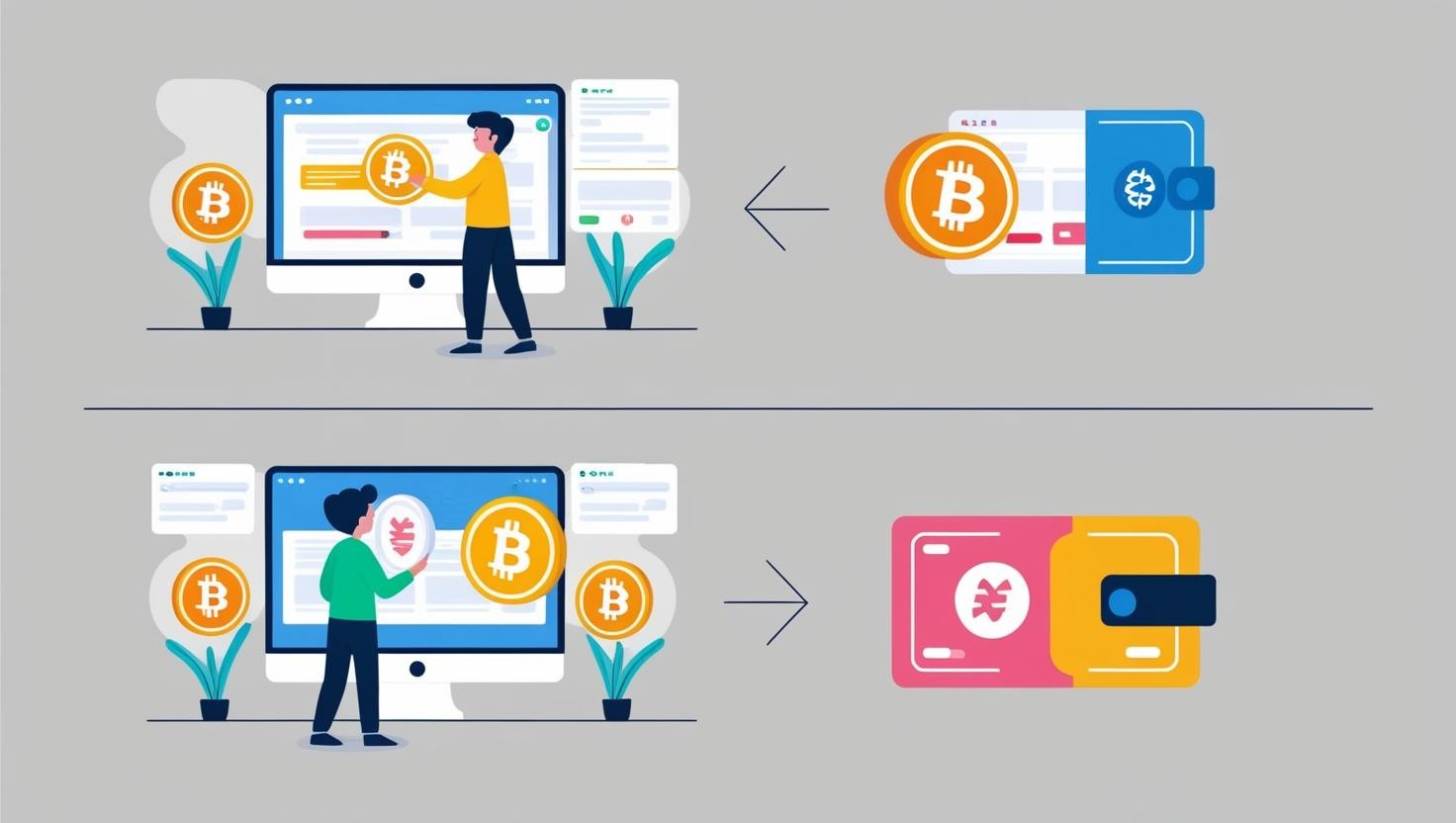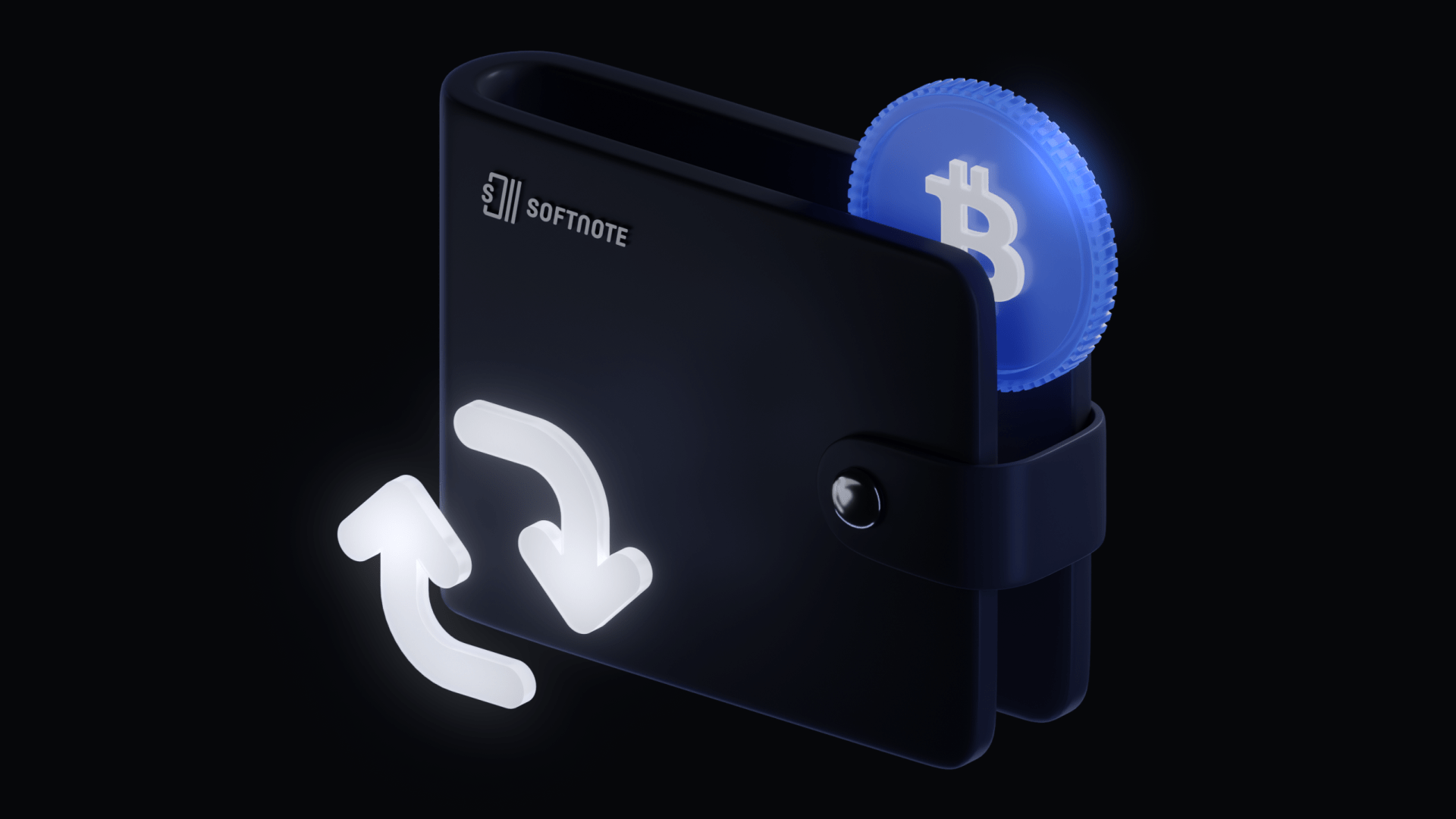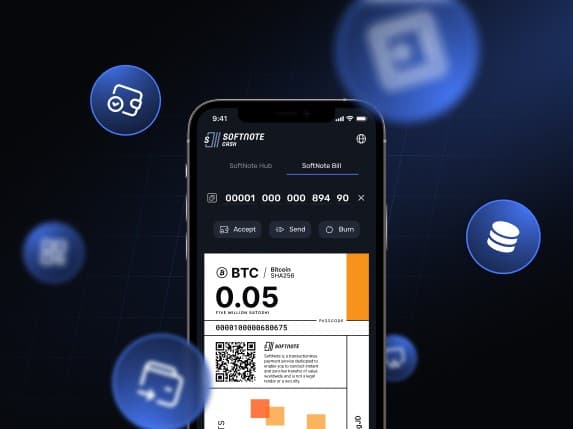To properly understand their dissimilarities, let’s look at them individually.
What is a Cryptocurrency Exchange?
A cryptocurrency exchange is a platform where people buy, sell, swap, and trade blockchain tokens. An exchange should not be mistaken for a crypto off-ramp.
Crypto exchanges typically attract traders and investors looking to invest in cryptocurrencies for long or short terms. These platforms offer various trading tools, trading pairs, and trading opportunities.
Trading platforms are typically classified into centralized and decentralized exchanges. On the other hand, a crypto off-ramp exists specifically for converting cryptocurrencies to fiat currencies and vice versa.
- Uniswap [Decentralized]: A leading decentralized exchange on Ethereum, known for its automated market-making (AMM) system and support for a wide range of ERC-20 tokens.
- PancakeSwap [Decentralized]: A popular DEX on Binance Smart Chain, offering low transaction fees and a variety of yield farming and staking opportunities.
- SushiSwap [Decentralized]: A community-driven DEX with AMM functionality, featuring additional DeFi tools like lending and borrowing through its Kashi platform.
- Curve Finance [Decentralized]: A DEX optimized for stablecoin trading and low-slippage swaps, popular among DeFi users for its efficient liquidity pools.
- Balancer [Decentralized]: A DEX and AMM platform that allows users to create customizable liquidity pools with multiple tokens and varying weights.
- Binance [Centralized]: The world’s largest centralized exchange by trading volume, offering a vast selection of cryptocurrencies, advanced trading tools, and low fees.
- Coinbase [Centralized]: A user-friendly centralized exchange popular for its strong regulatory compliance, security, and easy fiat on-ramp for beginners.
- Kraken [Centralized]: A reputable centralized exchange offering a wide range of cryptocurrencies, advanced trading features, and strong security measures.
- KuCoin [Centralized]: A centralized exchange with a diverse selection of altcoins, competitive trading fees, and unique features like staking and lending.
- Gemini [Centralized]: A regulated centralized exchange focused on security and compliance, offering a simple interface and insured custodial services.
What is a Cryptocurrency Wallet?
A cryptocurrency wallet is a medium for storing and transferring blockchain tokens. They are classified into custodial wallets (tied to centralized exchanges) and noncustodial wallets (standalone wallets).
This article will compare noncustodial wallets to cryptocurrency exchanges, as custodial wallets are typically linked to trading platforms. In this regard, it is difficult to separate custodial wallets
Here are some of the most popular cryptocurrency wallets:
- MetaMask: A popular browser extension and mobile app for Ethereum and EVM-compatible chains, known for its user-friendly interface and seamless DeFi integration.
- Trust Wallet: A highly secure mobile wallet supporting a wide range of cryptocurrencies, with built-in staking and DApp browser features.
- Ledger Live: The companion app for Ledger hardware wallets, offering robust security and support for managing a diverse portfolio of cryptocurrencies.
- Exodus: A desktop and mobile wallet with a sleek design, built-in exchange features, and support for various assets.
- SoftNote Wallet: It stands out with its fee-free and instant transactions and the ability to manage multiple accounts effortlessly, making it ideal for personal and business use.
- MyEtherWallet (MEW): A web-based wallet specifically designed for Ethereum and ERC-20 tokens, offering full control over private keys and easy access to DeFi platforms.
- Atomic Wallet: A decentralized wallet with built-in atomic swaps, supporting over 500 cryptocurrencies and enabling cross-chain transactions.
- Coinomi: A multi-asset wallet with strong security features, support for cryptocurrencies, and compatibility with multiple platforms.
- Electrum: A lightweight Bitcoin wallet known for its speed, advanced features, and compatibility with hardware wallets for enhanced security.
- Trezor Suite: The official software for Trezor hardware wallets, providing a secure and intuitive interface for managing Bitcoin and other supported cryptocurrencies.
Major Differences Between a Cryptocurrency Wallet and a Cryptocurrency Exchange
To properly understand the differences, this article will use metrics that cut across both a cryptocurrency exchange and a cryptocurrency wallet.
Below is a table highlighting the differences between a cryptocurrency exchange and a cryptocurrency wallet:
| Feature | Wallets | Exchanges |
| Functions | Store and manage cryptocurrencies securely. | Buy, sell, and trade cryptocurrencies. |
| Fees | Minimal fees (e.g., network transaction fees). | Trading fees, withdrawal fees, and other service charges. |
| Security Vulnerabilities | Risks depend on how securely users store their private keys | Risks depend on the security architecture of the trading platform. |
| Ease of Use | Managing private keys can be complicated for beginners | Managing accounts is easier as users do not have to manage private keys |
| Account Recovery | Users can only recover their accounts by themselves through private keys | Users can contact customer care to recover their accounts and retrieve funds. |
| Examples | Trezor and Ledger (hardware wallets), SoftNote, and Metamask (software wallets). | Uniswap and Pancake Swap (Decentralized Exchanges), Binance and Kraken (Centralized Exchanges). |
How Do Exchanges and Wallets Work Together?
There are two ways through which exchanges and wallets work together.
Below are illustrations of how this happens:
Centralized Exchanges

Centralized exchanges typically have a custodial wallet embedded into every user’s account. This enables individuals to easily manage their funds from one place. Many people do not even notice that they are using a wallet, as it is seamlessly integrated into the platform.
That said, you can use centralized exchange to send and receive cryptocurrencies from noncustodial wallets. People can send the tokens they trade or buy from centralized exchanges to their noncustodial wallets.
Decentralized Exchanges

On the other hand, decentralized exchanges are trading platforms that require you to connect your noncustodial wallet. Depending on which option is compatible, you must manually connect Metamask (or other noncustodial wallets) to the trading pool.
To ensure security, you must confirm transactions from your wallet before they are effected on decentralized exchanges. Meanwhile, you cannot connect custodial wallets to a decentralized exchange as you do not have control of the private key.











